We are now Center for Purposeful Leadership!
/ Patricia Neal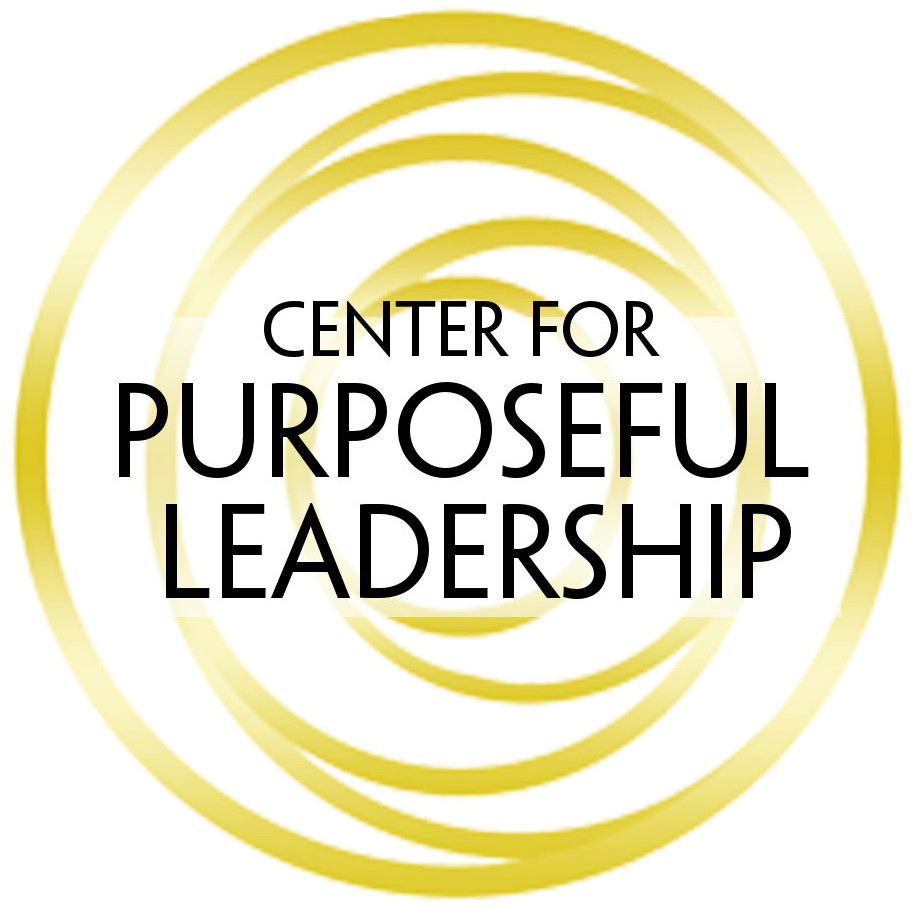
Founded as Heartland in 1995, we are now Center for Purposeful Leadership, home to the Art of Convening! Though our name has changed, our values remain the same. At the heart of the matter in convening is purpose. We invite you to join us on this journey into new beginnings.
News: With the new blog, we lost our list of subscribers. We need your help to build our list: please subscribe now to keep getting this great thought leadership! Please use the Subscribe box to the right then follow instructions to verify. We don't want you to miss a post! Many thanks!
…this idea of worthiness, that struggle we go through as a nation, happens all the time.
Edward Dugger III, president of Reinventure Capital and an early pioneer in impact investing, explores the intersection between the venture capital community and racial equity.
…this idea of worthiness, that struggle we go through as a nation, happens all the time.
Edward Dugger III, president of Reinventure Capital and an early pioneer in impact investing, explores the intersection between the venture capital community and racial equity.
The Art of Convening can also be called The Art of Deep Listening.
[repost from 2019] This is Thanksgiving holiday week In the US. November is also Native American Heritage Month. Family, friends and neighbors may be gathering. This week, we invite you to practice the art of deep listening, as a way to connect or reconnect in new ways. We offer 3 practices and 2 exercises. Let us know how it goes!
11/15 Essential Conversation
The Climate Reality Project: COP26* Hopes/Learnings/Outcomes
Finding your inner climate leadership
"Possibility awaits each of us. Listen with a softened heart and open mind to hear its call. Respond with the innocence of “not knowing” and you will see for yourself beyond belief."
What happens to a dream deferred? … Does it Dry Up Like a Raisin in the Sun? Or Fester Like a Sore— and Run?
Edward Dugger III, president of Reinventure Capital and an early pioneer in impact investing, explores the intersection between the venture capital community and racial equity.
NEW!! Art of Convening Self-Paced Leadership Course
Ignite Your Purpose Through the Power of Convening
What a blast we’ve had this year with 3 of the most talented and inspired interns in CPL history:
Read more about Lily, Shea, and Kayla here.
On Monday, May 3, join us to explore “Weaving Threads of Grief & Joy” in an Open Space Format
Through the magic of Zoom rooms*, you can self-select to choose the focus that interests you for a "deeper dive" conversation.
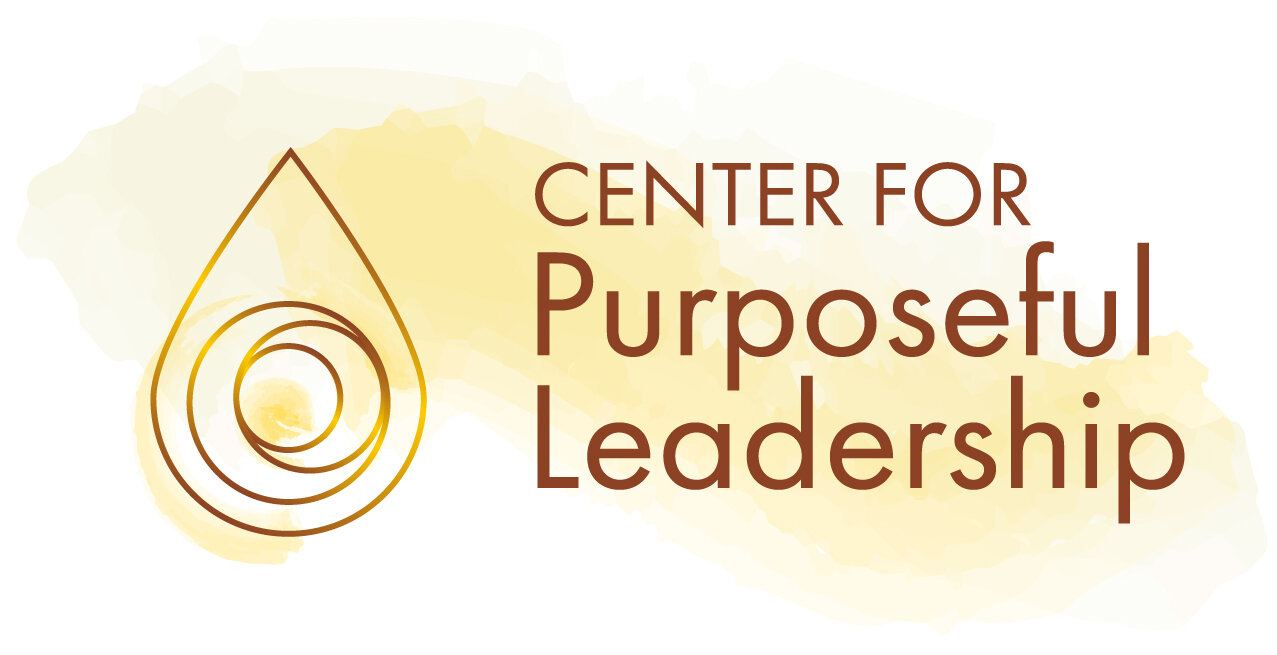













![[Hearth] Voices from Ukraine: Part 2](https://images.squarespace-cdn.com/content/v1/58a4e3be9de4bb98b066fd6f/1647955546471-VUGA4FCGFEUYJ29TEQVA/sunforest-mix-sunflower-types-1586794598.jpeg)

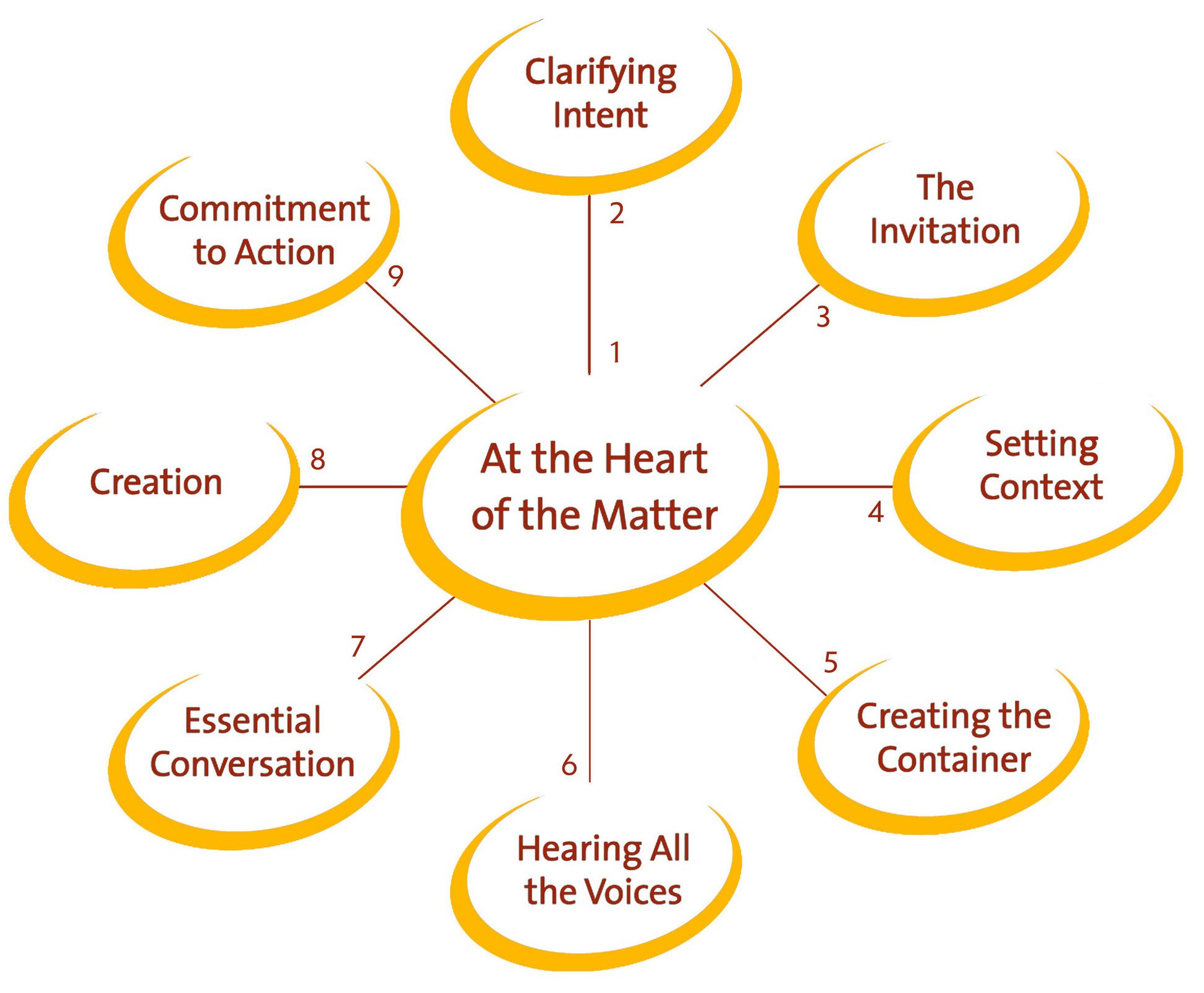

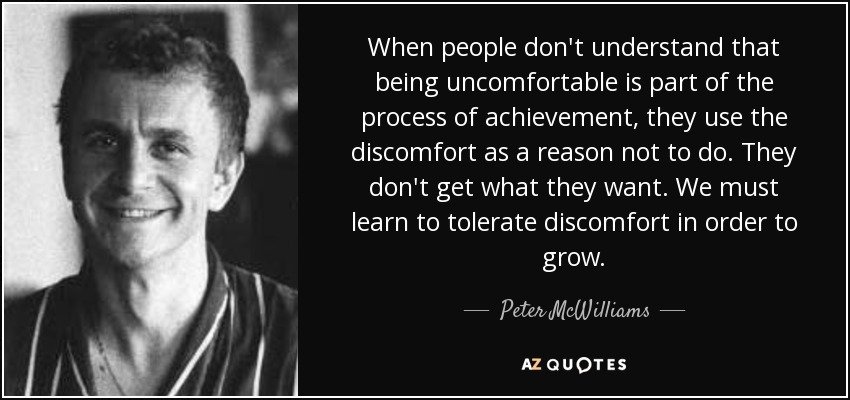





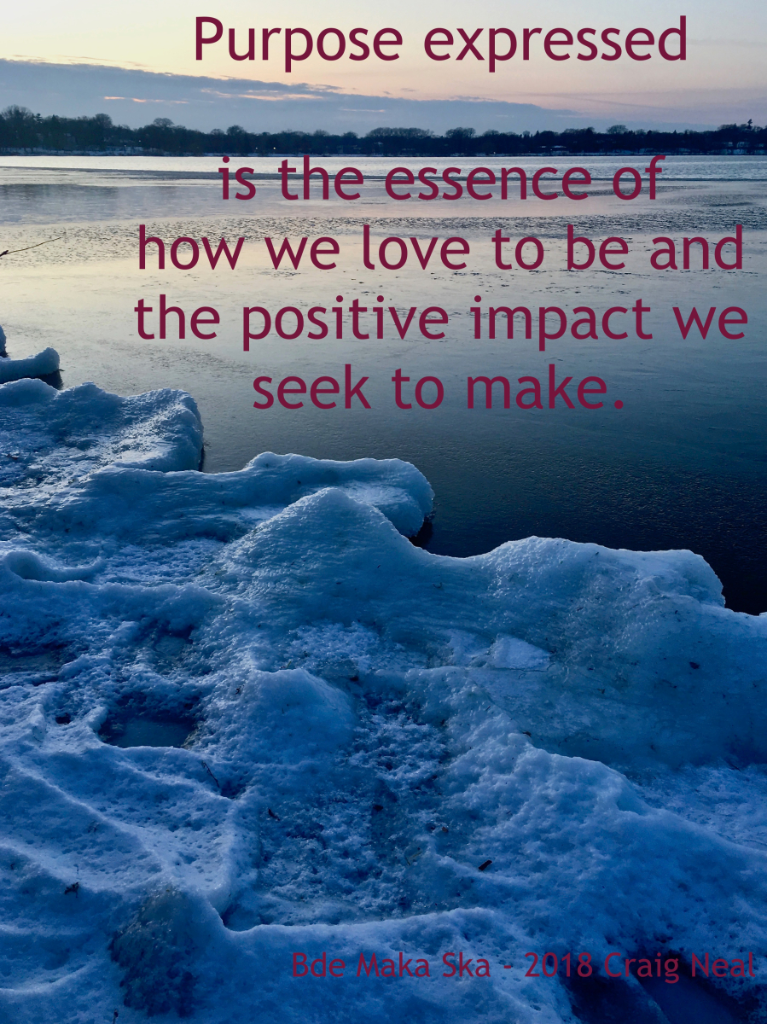
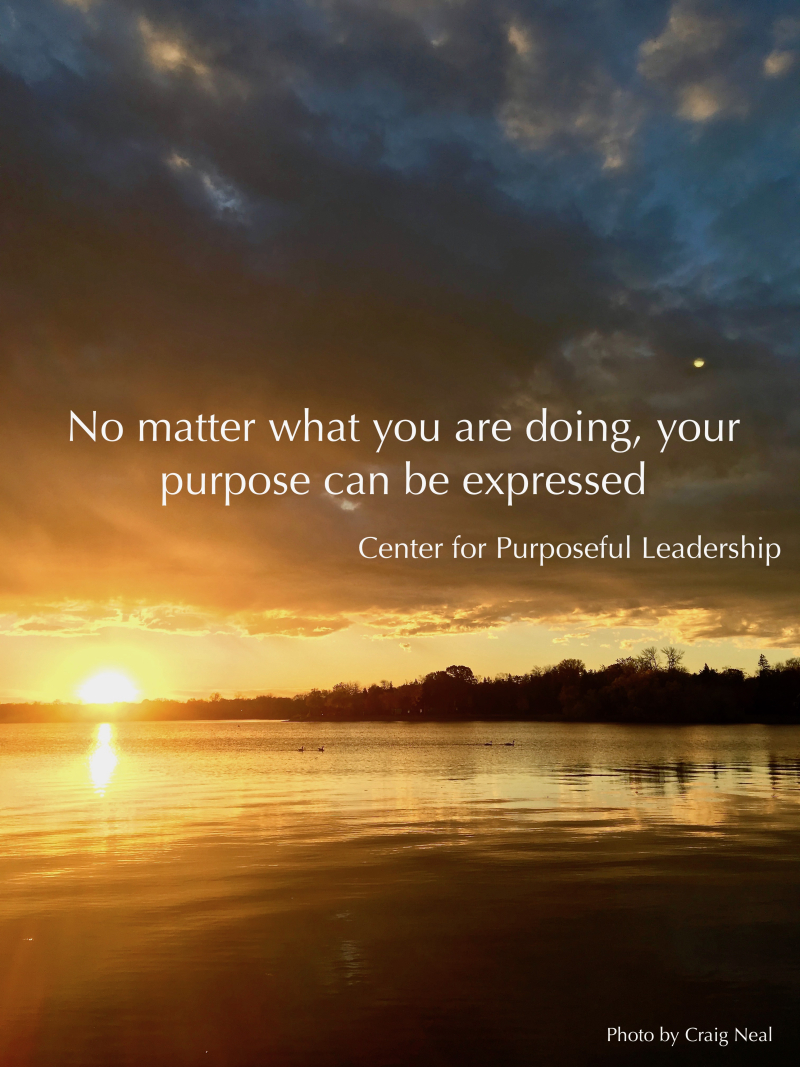















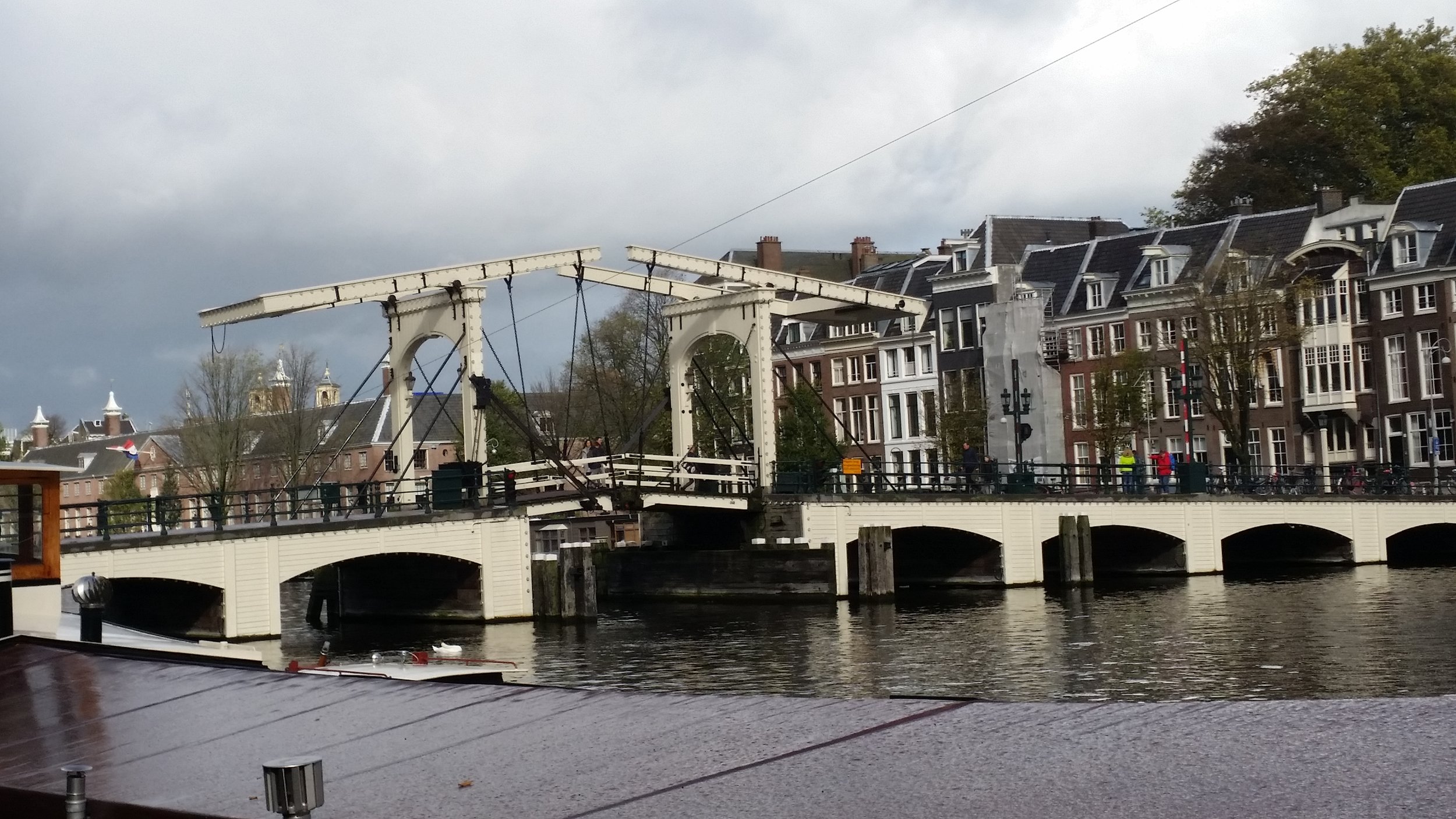








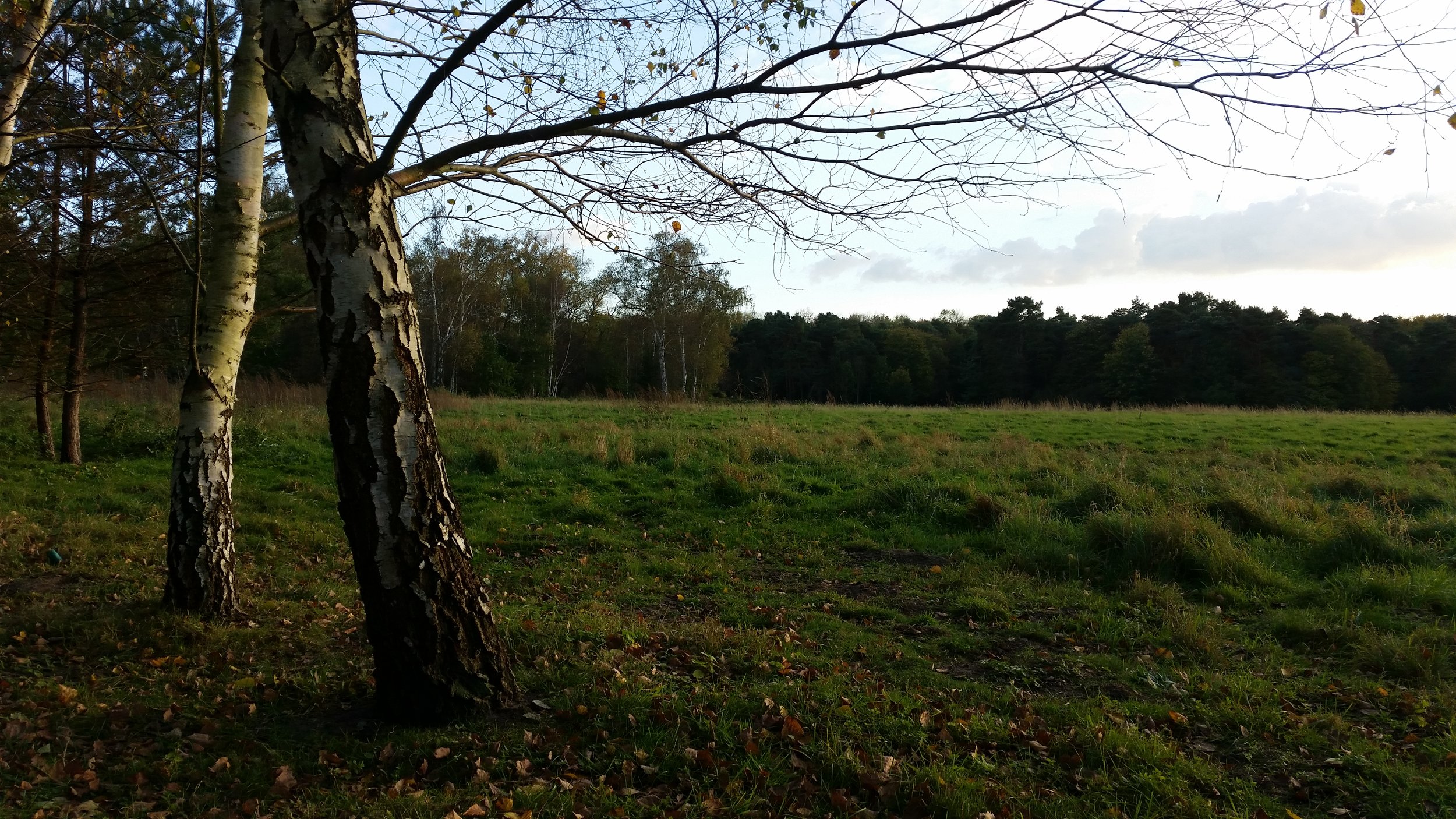
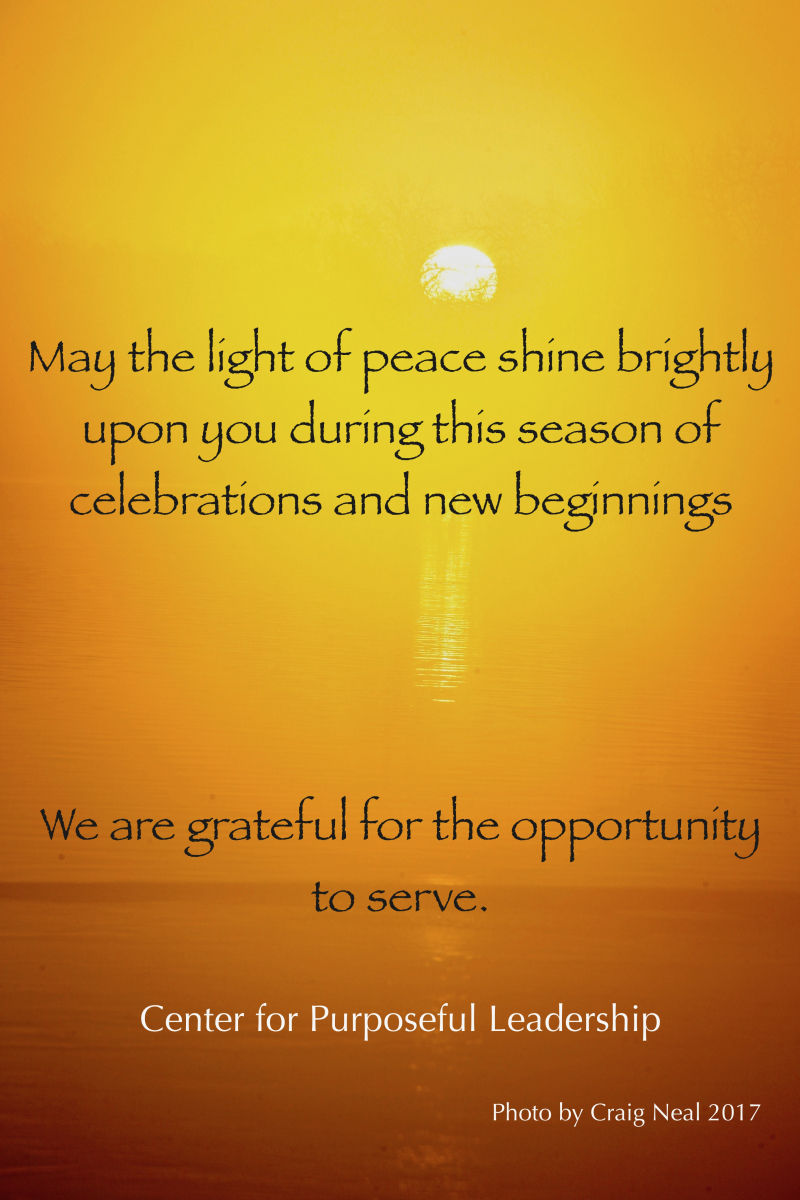















































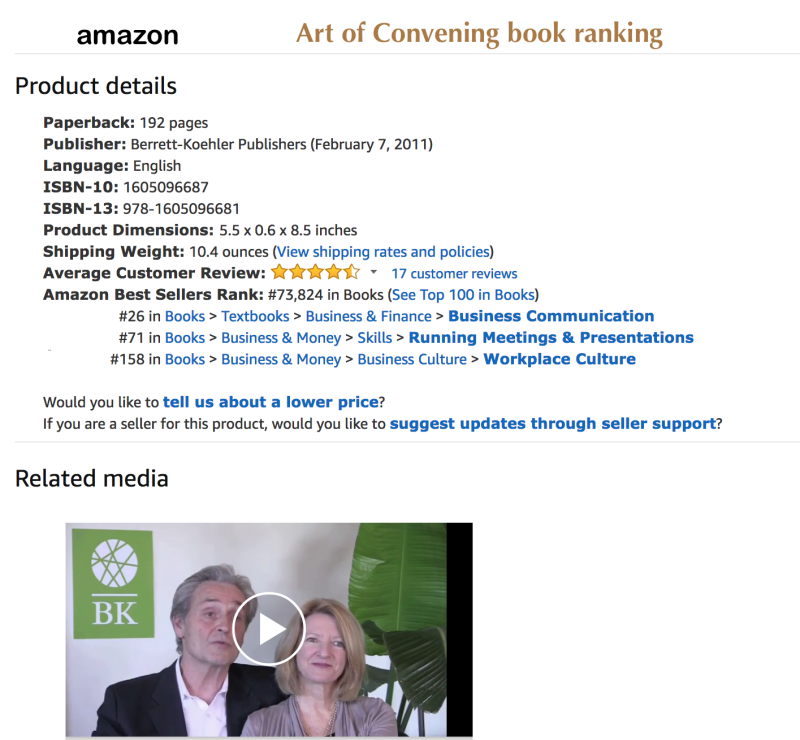




…this idea of worthiness, that struggle we go through as a nation, happens all the time.
Edward Dugger III, president of Reinventure Capital and an early pioneer in impact investing, explores the intersection between the venture capital community and racial equity.